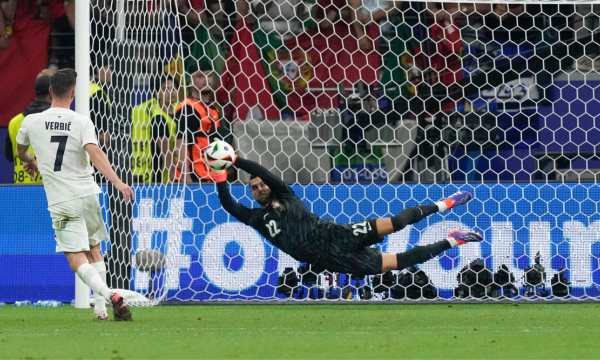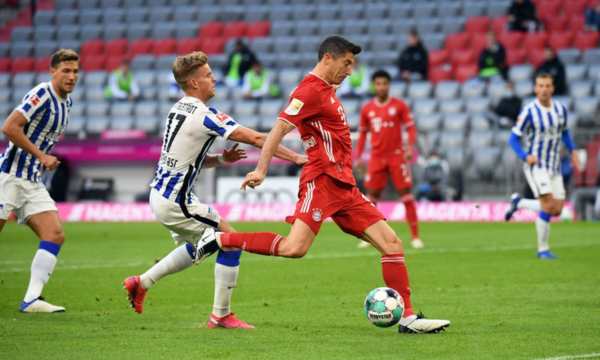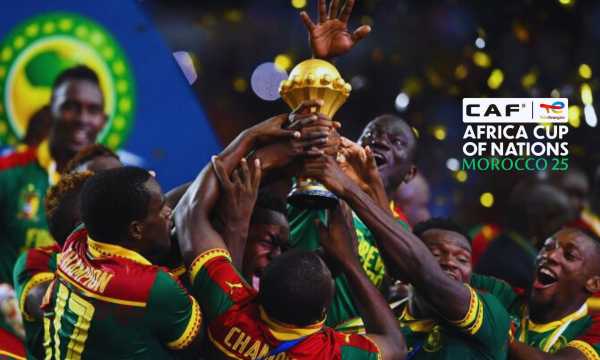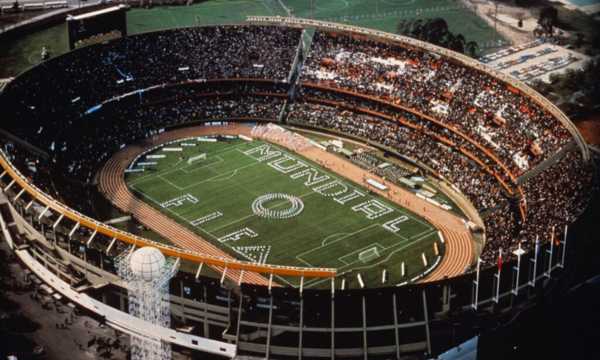Football Positions: What Are the Roles of Each?
Want to understand the skills and roles of each football positions? Let’s dive in!
Ad
Each role on the field represents an essential piece in the collective functioning of a team.
Understanding football positions is like decoding the secret language of the world’s most popular sport.
Ever wondered why some players always seem to be in the right place? The answer lies in the perfect execution of their positional roles.
Today, we’ll explore each of these positions on the field and their importance in matches.
Understanding the Structure of Positions
Football positions are organized into a logical structure that divides the field into defensive, midfield, and attacking sectors.
This organization has evolved significantly over the years, adapting to the game’s tactical transformations.
Each position requires specific skills and contributes uniquely to the team’s overall performance. Modern formations distribute football positions numerically, such as 4-3-3 or 3-5-2.
These numbers indicate how many players operate in each sector of the field. Positional organization reflects the coach’s philosophy and playing style.
Field Sectors and Their Roles:
- Defensive Line: Goal protection, consisting of center-backs and full-backs.
- Midfield: The center of creation and balance between attack and defense.
- Attacking Line: Players responsible for creating and finishing goal-scoring opportunities.
- Dynamic Positioning: Coordinated player movement according to the game’s phases.
- Positional Coverage: System where one player covers space when another moves.
The Unique and Crucial Role of the Goalkeeper
The goalkeeper holds the most specialized role among all football positions, being the only one allowed to use their hands within the penalty area.
This unique responsibility makes their role distinct from all others, requiring specific training and a unique mindset.
Besides the obvious function of saving shots, the modern goalkeeper has evolved to become the first attacker.
In contemporary football positions, they are expected to participate in the offensive build-up with precise passes and keen game-reading skills.
The position demands exceptional reflexes, motor coordination, muscular power, and great courage.
Goalkeepers need to master specific techniques such as goal kicks, positioning, saves at various heights, and constant communication with the defense.

Real-Madrid-goalkeeper-Diogo-Costa-(Source-Google)
Defenders: Center-Backs, Full-Backs, and Sweepers
Defenders form the protective line that prevents the opponent’s advance, being fundamental in the structure of football positions.
This line is generally composed of center-backs and full-backs, each with specific and complementary roles.
Center-backs are responsible for directly marking opposing attackers and intercepting crosses.
In modern football positions, they also participate in the build-up play with accurate passes and occasionally join the attack during set-pieces.
Full-backs have evolved from purely defensive roles to hybrid functions, acting as offensive supporters.
They need excellent physical conditioning to cover large distances along the flank, balancing defensive and offensive responsibilities.
The sweeper, though less common today, is a defender with greater positional freedom. They act as the last man in defense, with the liberty to advance into midfield when necessary.
Defender Characteristics:
- Center-Backs: Physical strength, aerial ability, positioning, anticipation, and perfect timing in tackles.
- Full-Backs: Speed, endurance, crossing ability, and tactical versatility.
- Sweeper: Game vision, refined technique, leadership, and playmaking ability.
Midfielders: Defensive Midfielders, Central Midfielders, Playmakers, and Wingers
The midfield represents the backbone of football positions, connecting defense and attack with versatile players.
This area of the field demands tactical intelligence, physical endurance, and excellent technique to perform multiple roles.
Defensive midfielders act as the first line of defense after the backline, protecting the defense.
In modern football positions, they are divided into defensive midfielders (focused on marking) and deep-lying playmakers (responsible for the first pass in build-up play).
Central midfielders balance defensive and offensive responsibilities, controlling the game’s tempo.
Playmakers are the team’s creatives, responsible for decisive passes that break through opposing defenses.
Wingers occupy the lateral areas of the midfield, combining the characteristics of full-backs and wingers. In today’s positions, they represent hybrid roles that demand excellent physical and technical preparation.
Forwards: Wingers, Second Strikers, and Center-Forwards
Forwards are the finishers of plays and occupy strategically thought-out positions to maximize goal-scoring opportunities.
These players combine refined technique, predator instincts, and the ability to make split-second decisions.
Wingers operate on the sides of the attack, using speed and dribbling to create numerical superiority.
In modern football positions, they can play wide (prioritizing crosses) or inverted (cutting inside to shoot).
Second strikers operate in an intermediate space between midfield and attack, linking creation and finishing.
They need excellent game vision, refined passing, and the ability to shoot from mid-range. The center-forward is the team’s goal-scorer, positioning closest to the opponent’s goal.
Offensive football positions vary between target men (fixed references) and mobile strikers (who move across the attack).
Forward Profiles:
- Traditional Winger: Fast, dribbling specialist, and precise crosser.
- Inverted Winger: Plays on the opposite side of their dominant foot to cut inside and shoot.
- Second Striker: Combines playmaking and finishing roles.
- Target Man: Specialist in finishing and aerial play within the box.
- False 9: Striker who drops deep to create space and confuse defenders.

Lewandowski-is-a-center-forward-at-Barcelona-(Source-Google)
Hybrid Positions and Modern Roles
Contemporary football has seen a significant evolution in traditional positions, creating hybrid roles that blend characteristics of different positions.
This transformation reflects the tactical complexity of the modern game and demands increasingly complete athletes.
The “false 9” is a perfect example of this evolution, nominally playing as a center-forward but with atypical movements.
Among modern football positions, we also find the attacking midfielder, who transitions between creation and finishing, confusing defensive lines.
Inverted full-backs are defenders who cut inside with the ball instead of spreading the play wide.
Box-to-box midfielders cover the entire field, participating in both defensive and offensive build-up, reinventing midfield positions.
The pressure for results has led to the specialization of specific roles for different game moments, with players trained for particular situations.
Highlighted Modern Roles:
- Carrileros: Midfielders who operate in the wide spaces in systems with three center-backs.
- Mezzalas: Transition between the central corridor and half-spaces depending on the game phase.
- Advanced Defenders: Center-backs who play almost as midfielders during possession phases.
Futsal vs. Field: Key Differences in Positions
Football positions in futsal and field football present substantial differences due to the dimensions, rules, and dynamics of each game.
Futsal operates with four outfield players and a goalkeeper, demanding greater positional versatility from everyone.
In futsal, the nomenclature of football positions is adapted:
- Fixos (Defenders): Equivalent to center-backs but with more offensive involvement.
- Alas (Wingers): Perform similar roles to both full-backs and wingers.
- Pivô (Pivot): Combines characteristics of a center-forward and a playmaker.
- Goalkeeper: Actively participates with their feet and as a passing option.
The smaller court and faster pace require greater rotation between positions, with players temporarily assuming different roles during the game.
Which Position Suits You? Essential Skills
Identifying which football position best fits your physical and technical profile is crucial to maximizing your potential as a player.
Each position requires a specific set of skills and characteristics that should be considered.
For defenders, physical strength, positioning sense, and timing in tackles are crucial. Among all positions, center-backs need constant concentration and anticipation skills the most.
Midfielders need physical endurance, game vision, and refined technique. If you have good tactical reading and precise passing, midfield positions might be ideal for you.
Forwards depend on physical power, precise finishing, and quick decision-making. Confidence and composure in decisive moments are important differentials for those in attacking positions.
Final Considerations
Understanding football positions is essential to fully appreciating the complexity and beauty of the game.
Each role on the field represents a fundamental piece in the tactical puzzle that forms a balanced team.
The constant evolution of football positions reflects the sport’s transformations, becoming increasingly dynamic and versatile.
The modern trend points towards more complete players capable of performing multiple roles within a tactical system.
Whether you are an amateur player, aspiring coach, or simply a football enthusiast, deep knowledge of football positions enriches your experience and opens new perspectives for analyzing each match.
FAQ
What is the most important position in football?
Which positions require the most physical preparation?
Is it possible to change positions during a career?
How do positions adapt to different tactical systems?
Why do some players perform better in certain positions?
 Best Apps and Platforms to Watch AFCON 2025 Live
Best Apps and Platforms to Watch AFCON 2025 Live
AFCON 2025 excitement is here! With the right apps and platforms, you can watch every game live without missing a moment. Ad AFCON is about to […]
Keep reading Global Giants: Fascinating Facts About Biggest Football Stadiums
Global Giants: Fascinating Facts About Biggest Football Stadiums
Do you know the secrets behind the largest football stadiums? Keep reading for details! Ad Curious to find out what makes biggest football stadiums so unique? […]
Keep reading Best Apps with Live Football to Watch Anywhere
Best Apps with Live Football to Watch Anywhere
Discover the following apps to watch live football on your cell phone, whether Android or iOS. Ad With modern apps, you can follow your club, league, […]
Keep reading